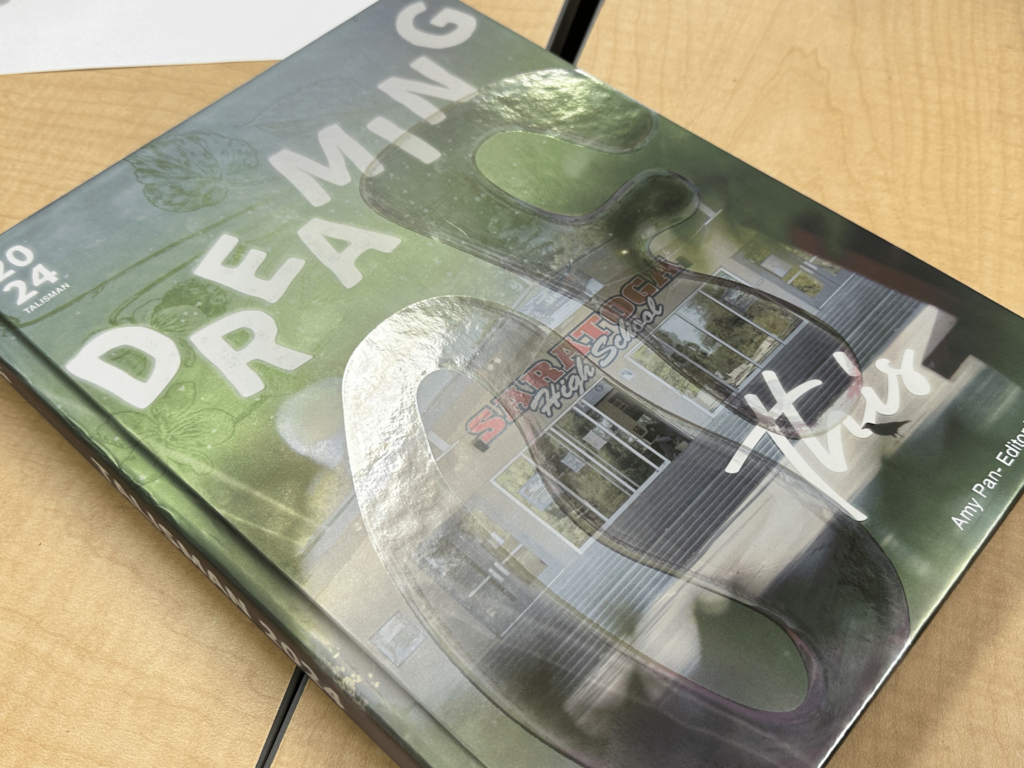Last year, the administration implemented a new policy that took away the applied arts credit for being an office aide (OA) or teacher’s aide (TA).
Now, in order obtain these credits, students must enroll in a class that falls under the applied arts category and in addition has a career element to it. For this reason, the number of TAs and OAs has steadily decreased since last year, going from 143 students to an all-time low of 94 students, according to assistant principal Brian Safine.
In previous years, being a TA or OA was a popular way to fulfill the requirements; however, with the change in policy, students are now forced to find alternative ways to receive the same credits. One department hit hard by the new policy is the science department.
“It has been more difficult, particularly as a lab science teacher, because we have used TAs for 15 years here,” said earth science and biology teacher Lisa Cochrum, “and I’m not even sure I realized what a benefit TAs were until the number decreased.”
In previous years, the science teachers have used a system of sharing TAs when they needed to set up a lab or to move equipment.
According to Cochrum, this year the science department is continuing this tradition of sending TAs to neighboring teachers, but fewer TAs have made this hard.
On the other hand, some teachers have not been affected by the new policy.
“I haven’t been impacted that much since I really don’t know how to use TAs that well. I have one and that’s sufficient,” said physics and business teacher Kirk Davis.
Safine said the heart of the issue lies within the California Education Code, which decrees that the TA and OA positions are not career-oriented courses and therefore cannot be counted for applied arts credits. The law does not state specifically that TAs and OAs should not receive credit, but it has a set of standards that schools must abide by.
Last year, the administration determined that being a TA or OA was not appropriate as an applied arts course and therefore should not earn credit.
According to Safine, “this rule has been up since the beginning of public education” and it is just a tradition that is being passed down.
For example, Los Gatos High School has never given its students credit for being TAs or OAs.
Instead of being TAs, it has become increasingly popular for students to take only five or six periods, which allows them to either sleep in on some mornings or go home early when others have a seventh period.
Thus, many teachers feel that without proper incentive, the problem of the lack of TAs and OAs may persist a long time before more students take up those positions again.
“I think we’re managing and I think we’re going to figure it out, but it has been more complicated than it has been in previous years,” said Cochrum.


























